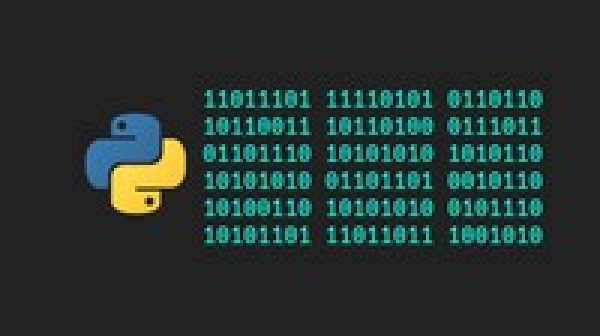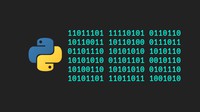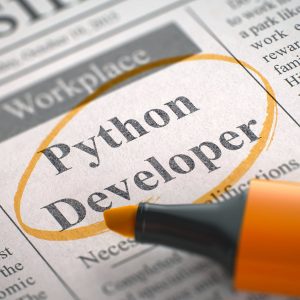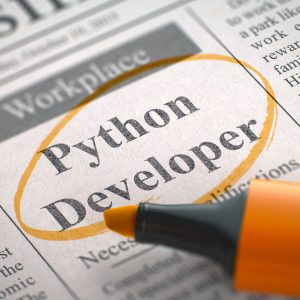
Learn how to work with binary data using Python 3. Everything in a computer is binary and bytes under the hood, so it is critical to understand how to work with data at this raw level.
Knowing how to manipulate binary data at and byte streams is an essential skill for any type of programming you do with Python from web developers to data scientists to game developers to security analysts and engineers, malware reverse engineers, and penetration testers
Some of the things you will learn include:
Reading write bytes to buffer streams and disk which is useful for working with any kind of binary file or network communication
Formatting output of bytes so you can view it as hexadecimal or even binary format.
Converting between Python objects and raw bytes which is useful for storing objects to disk or loading up binary data that was intended for a different computer system
Encoding and decoding bytes which lets you switch between raw bytes that you can store and transfer and usable objects in Python. For example, creating a save game file or transmitting data over the network.
Packing and unpacking structs; For example, creating a TCP/IP packet header or extracting data from proprietary file formats.
Specification: Working with Binary Data in Python 3
|
User Reviews
Be the first to review “Working with Binary Data in Python 3” Cancel reply
This site uses Akismet to reduce spam. Learn how your comment data is processed.

| Price | $10.99 |
|---|---|
| Provider | |
| Duration | 1.5 hours |
| Year | 2021 |
| Level | Intermediate |
| Language | English ... |
| Certificate | Yes |
| Quizzes | Yes |

$19.99 $10.99






There are no reviews yet.